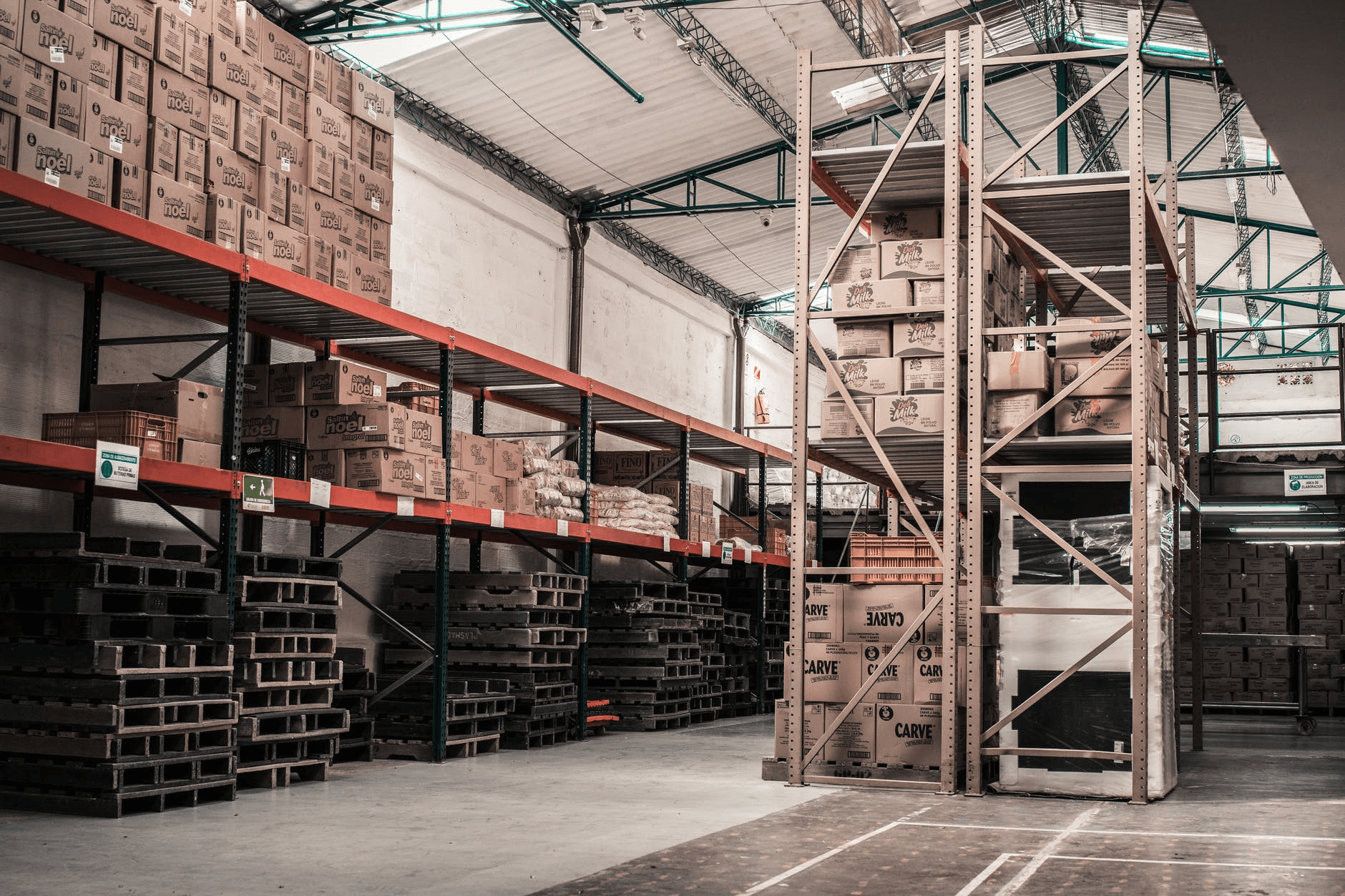In the transportation and logistics industry, the business environment is challenging and the competition can be quite tough. Companies need to constantly find new ways to improve their operations. This helps them focus not just on survival, but on growth and success as well.
The activities and business models of companies in the logistics industry demand high levels of efficiency, which means that both must be guided by well-planned, comprehensive systems & processes.
This is where the ISO 9001 standard can prove valuable. Here’s how:
Transportation & Logistics in Today’s World
In the present day, thanks to technological advancements and changes brought about by e-commerce, companies are no longer focused solely on transportation and shipping activities. They also offer warehousing solutions, specialized storage facilities, and order fulfilment, among other services.
Four modes of transportation—air, ocean, rail and road—are used by the industry, often in combination with one another or sometimes separately.
Regardless of the method of transport being used or the services being provided, every process conducted by an organization has to be evaluated in the context of a quality management system.
Design and Development
ISO 9001 places a great deal of emphasis on regulating and setting up requirements for design and development activities. Typically, the ‘design’ rules only apply to companies that are designing and creating products, either from scratch or in response to customer orders.
However, sometimes, companies in this industry need to categorize certain activities as involving design, and include them in their quality management system.
For example, planning a route for shipments, by any method of transportation, can be considered as a design activity. Which would bring it within the scope of ISO 9001, and its compliance with the standard will have to be ensured.
Service Provision
Another area of importance in ISO 9001 is production and service provision. Transportation and shipping companies can increase customer satisfaction and achieve positive results by enacting better controls on their service provision activities.
Some examples of better service provision controls are:
- Clearly outlining all aspects of the services provided by an organization, so that their usefulness for the customer can be assessed.
- Making sure that sufficient organizational resources are available for the provision of a service.
- Periodically monitoring and measuring the processes, to evaluate if the implemented methods are working well or need to be modified.
Increasing Efficiency
A transportation and shipping company can take some of the following steps as it works toward increasing its effectiveness and efficiency, a key requirement of ISO 9001:
- Upgrading its infrastructure and equipment: delivery vehicles, warehouse facilities, business centers, tracking systems, etc.
- Monitoring suppliers for quality, sustainability and commercial standards.
- Setting up systems for better handling and processing of customer feedback.
- Investing in training and development of its employees.
As one of the leading ISO 9001 consulting companies in America, our team of expert ISO certification consultants has helped numerous transportation and logistics companies successfully receive and retain ISO certifications. Our ISO consulting and certification services bring guaranteed results.
Looking to hire ISO consultant? Get in touch with us today!

